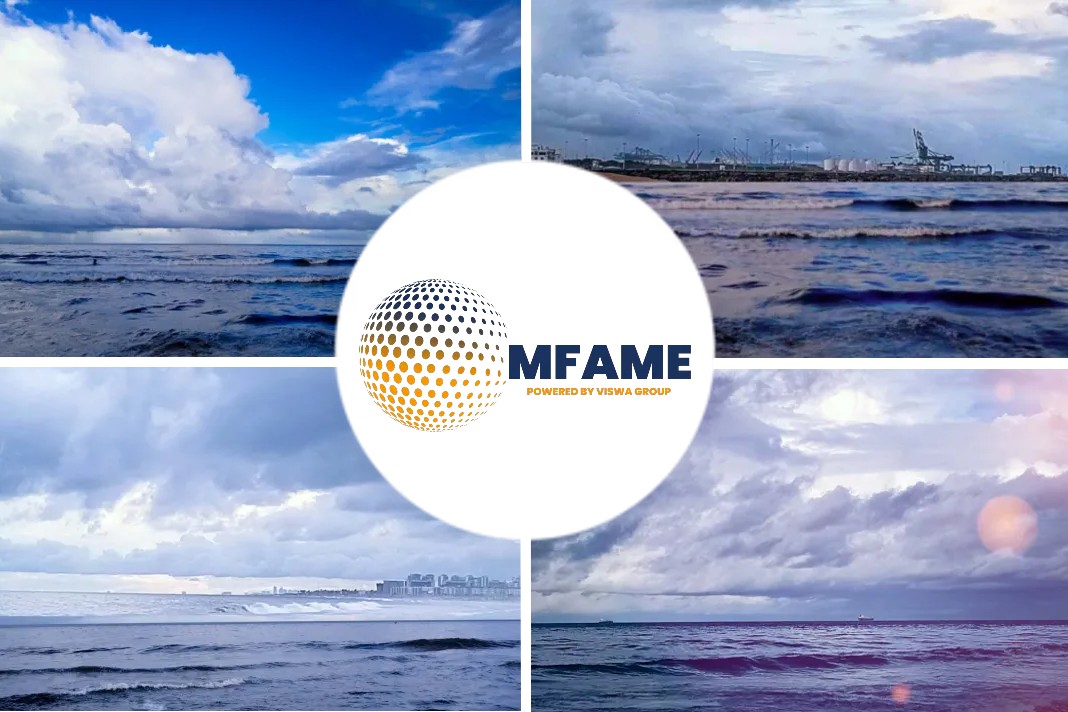According to a Seatrade Maritime News report, the dry bulk shipping market is sensing good times ahead as a cloud of uncertainty over what is the most preferred ship profile for long term operation has put a brake on newbuild orders while scrubber retrofitting works are tightening supply, amid overall strong demand.
Dry Bulk Good Times?
The global dry bulk trade is considered huge at approximately two billion tonnes a year, despite disruptions this year from the Vale dam burst and the cyclone in Australia with both incidences cutting out some 100m tonnes of iron ore from going to the market, noted Stamatis Tsantanis, ceo and chairman of Seanergy Maritime Holdings Corp.
Volatility Effects
“The short term volatility saw the Vale dam disruption taking out around 70m tonnes of iron ore and another 30m tonnes impacted by Australia, in addition to the (US-China) trade war in the background that has created ripple effect on trades,” Tsantanis told delegates at the Marine Money Asia conference held in Singapore.
“However, market recovery is happening and as of today we are trading at higher rates compared to the year-ago period, supported by overall strong demand,” he observed.
Per Heiberg, cfo of Golden Ocean, said that volatility is not new to dry bulk shipping. “There is the short term volatility and the long term volatility. We need to have a strategy where we can work on managing the long term volatility and maintain a strong balance sheet to survive the short term volatility,” Heiberg said.
Capacity Supply in Check?
He added that capacity supply is in check as many owners are reluctant to place orders for new ships due to international environmental regulation creating uncertainty over what technology is needed for new ships to operate over the next 20-25 years, and what is the best fuel to use in order to meet emissions regulation.
The IMO has stated that shipping needs to reduce its greenhouse gas (GHG) emission in 2050 by 50% of what it was in 2008, while a new Getting to Zero Coalition is pushing for zero emission fuels by 2030. The immediate future from 1 January 2020 is a reduction in ships’ fuel sulphur content to 0.5% from the current cap of 3.5%.
Positive First Half Amidst Delayed Scrubber
Yang Lei, managing director at Sumec Ocean Transportation, is expecting a positive first half 2020 as IMO 2020 is removing some capacity from the market as those ships go into drydock to retrofit exhaust gas cleaning system (EGCS) or scrubbers.
“We are seeing delays in scrubber retrofits from 30 days to 40-45 days. The first half of 2020 will see vessel supply disruption arising from unqualified fuel, possible scrubber failure and availability of low sulphur fuel oil,” Yang said.
Newbuilds Decline
Yang added that in the long run, the lack of certainty over what type of ship specification can match regulatory requirements is discouraging owners from building new ships.
Tsantanis commented: “With a newbuild capesize priced at $55m and a five-year-old capesize at $25-26m, it doesn’t make sense to invest in a newbuild. So I don’t see any immediate threat on oversupply in the next one to two years.
“Moreover, despite asset values dropping to low levels which by right should attract investors, we don’t see that,” he said.
Did you subscribe to our newsletter?
It’s free! Click here to subscribe!
Source: Seatrade Maritime



















